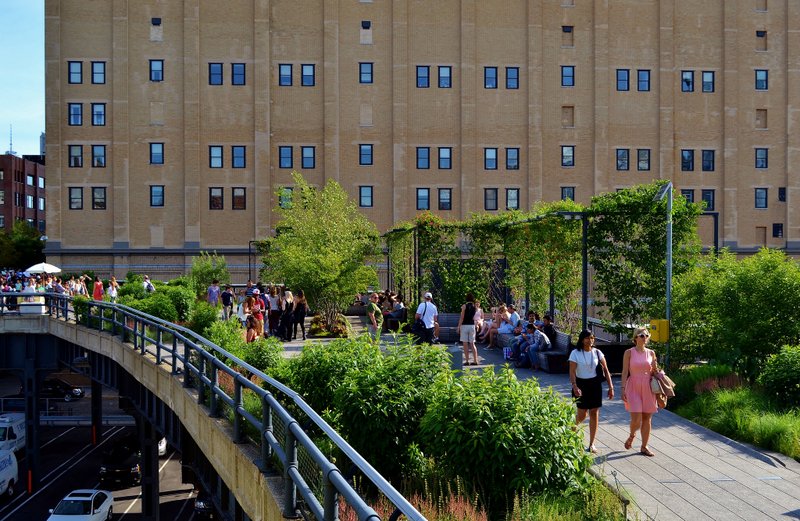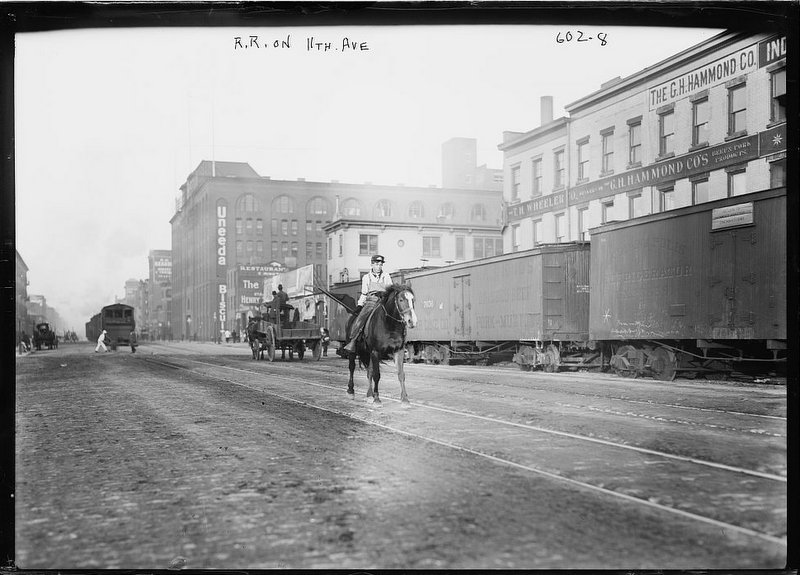 Photo by gigi_nyc via Flickr
Photo by gigi_nyc via Flickr
Since 2009, people have hailed the High Line as the savior of declining west Chelsea, a neighborhood that is now a burgeoning food and art gallery hub of New York City. Lying fallow for years as an abandoned infrastructural element above Chelsea’s streets and storefronts after being used by freight trains for twenty years, it became an overgrown meadow, an unusual sight in the city, and many talked of demolishing it for good.
Thankfully, efforts by the community and various organizations like the nonprofit Friends of the High Line campaigned for its renovation in the late 1990s. After years of planning and construction, the elevated railroad became an elevated park, attracted millions to its picturesque views, and revitalized the entire neighborhood’s economy and real estate. The High Line is an old-fashioned American success, and though its current form is one of the newest attractions in the city, it still has its fair share of secrets.
1. The Original High Line Was Built Because People Kept Getting Killed by Trains on 10th Avenue
 Photo from Library of Congress
Photo from Library of Congress
Before the advent of widespread subway systems, 10th and 11th avenues once used street-level trains. To ensure at least a bit of safety, the railroads would hire “West Side Cowboys” to wave flags in front of trains and help civilians cross the busy streets. Unfortunately, people who wanted to avoid waiting at the intersections for the trains to pass would attempt to run across the tracks against the warnings of the Cowboys and be hit by incoming freight trains so often that 10th became known as Death Avenue. New Yorkers haven’t changed much.
 10th Avenue today
10th Avenue today
The High Line was constructed as an above-ground train track partly because of the number of accidents that occurred around the area. The city debated what to do about the danger for quite some time until in 1929 it endorsed Robert Moses’ West Side Improvement Project, which called for an elevated highway running through Chelsea.





